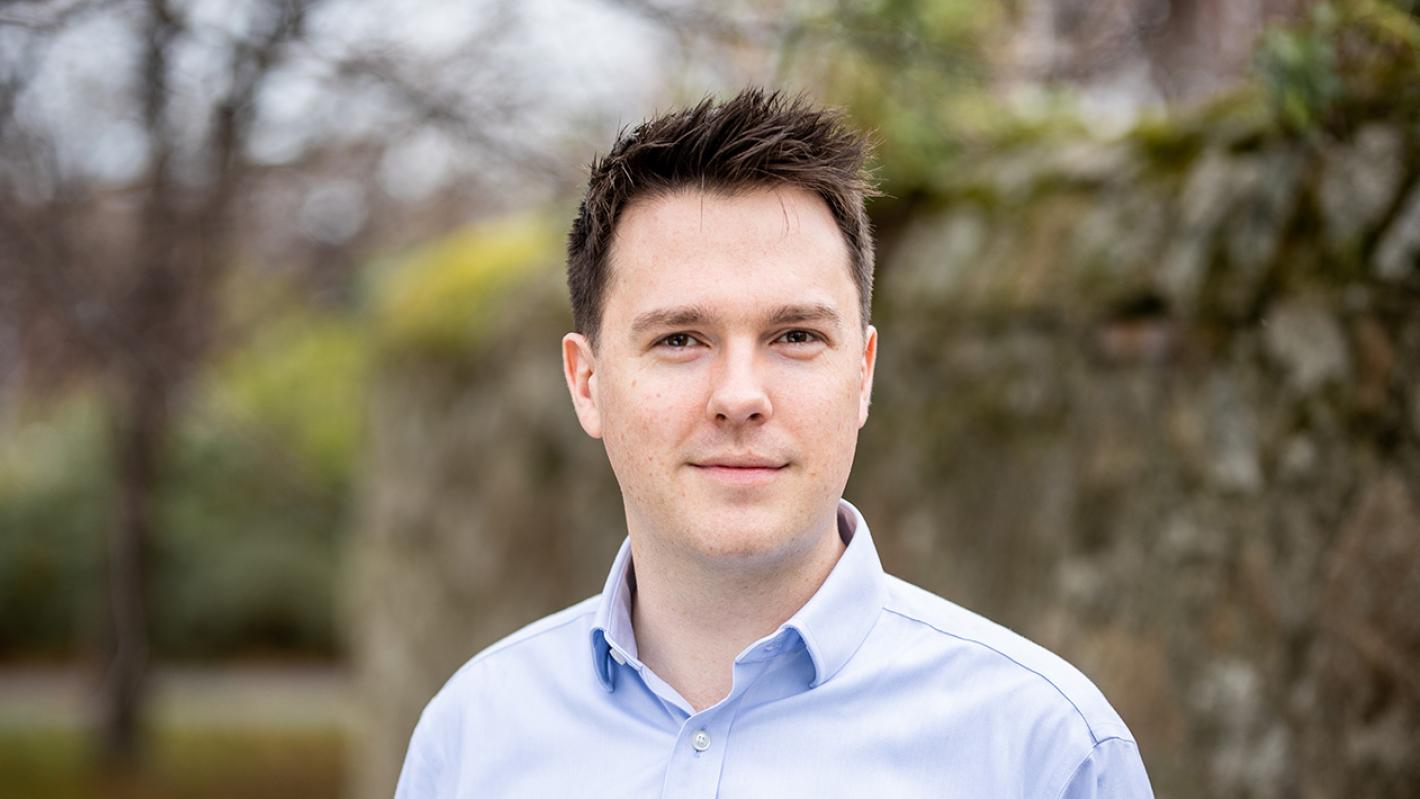
Patrick Kelleher., Design Engineer at ROD.
With preparations underway to switch on variable speed limits on the M50, Patrick Kelleher is looking forward to seeing the real-world application of the team's work and the positive impact it will have on M50 road users
Growing up on a farm, I was always kept busy, but any spare time I had would be spent helping my Dad servicing cars and undertaking small construction projects. When I went to secondary school, my childhood experience drew me towards the more practical subjects - technical drawing, construction studies, engineering and physics - so engineering was a natural career choice for me.
As an undergraduate, I studied structural engineering at Cork Institute of Technology, now Munster Technological University. A few years later, I went back to college to undertake a postgraduate degree in Information Technology in Architectural, Engineering and Construction at University College Cork.
I joined Roughan & O Donovan’s graduate development programme in 2016. Fast forward four years, and I’m now working as a design engineer for our intelligent transport systems (ITS) team and supporting the delivery of Transport Infrastructure Ireland’s enhancing Motorway Operations Services (eMOS) programme.
I have been working on the eMOS programme since project set-up in 2017. As a then member of the buildings team, my early involvement focused on establishing the Motorway Operations Control Centre project.
After rotating from the buildings team, I took on a prominent role in the delivery of the enabling works for the M50 Traffic Flow Optimisation project, where I was tasked with undertaking condition surveys of existing roadside civil infrastructure along the M50. The surveys informed the development of several civil, structural and ITS contract packages for which I was involved in the design, contract document development, site supervision and contract management.
As the project evolved and began the transition from construction stage to equipment deployment and operations, my role has migrated into the eMOS operations team. In this role, I have been able to use my knowledge of the M50 to determine how it should operate and be managed when the variable speed limits and lane control signals are switched on.
Before becoming an engineer, I worked in a computer repair and sales business, which gave me an understanding and appreciation of IT infrastructure.
My involvement in the eMOS programme's multiple sub-projects has given me a deeper understanding and appreciation of the works undertaken by multiple engineering disciplines outside of my core knowledge base in the civil / structural area. The experience has helped to broaden my skills and improved my approach to working and communicating with the team.
The eMOS programme is challenging because of its dynamic nature - it comprises multiple sub-projects that include civil/structural, ITS, software and operational elements, all interdependent. The level of interface and integration across these projects necessitates engagement across multiple disciplines, with subject matter experts encouraging me to use my broad understanding of engineering principles to maintain oversight of the overarching programme.
A lot of work has been done in the background to get us to the stage in the programme where we are preparing to switch on variable speed limits on the M50. I am looking forward to seeing the real-world application of all this work and the positive impact it will have on M50 road users.
Without a doubt. From working on different aspects of the eMOS programme, I have been exposed to several great minds, all of whom overcome issues and challenges in different ways. I now have a better understanding of how to approach challenges, how to break them down into something more manageable before coming up with practical solutions that work.
The deployment of Cooperative Intelligent Transport Systems (C-ITS) infrastructure is one of the most exciting and innovative aspects of the programme. When we look to the future and at new and emerging technologies in particular – the possibilities are just endless. Now I just need to buy the car that will implement all the new technologies when the time comes!
The field of ITS is only going to grow here in Ireland because it is all about coming up with solutions to make transport safer and more efficient. So, yes, it is a great space to be working in.
There are exciting times ahead! When I think back to the movies I watched as a kid and the futuristic images of cars and transport they portrayed, it’s amazing to see those images becoming a reality in my lifetime. I love gadgets, so I’ll definitely be embracing all the technological advances to come!
Engineering is a rewarding career. If you are up for the challenge, you can make a positive impact on society and learn something new every day.
